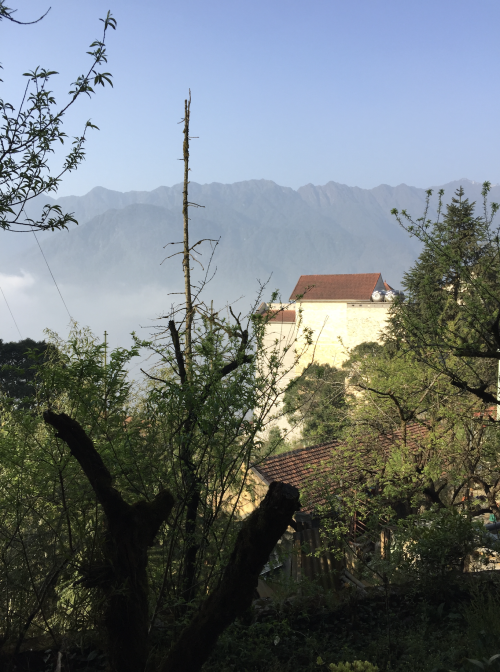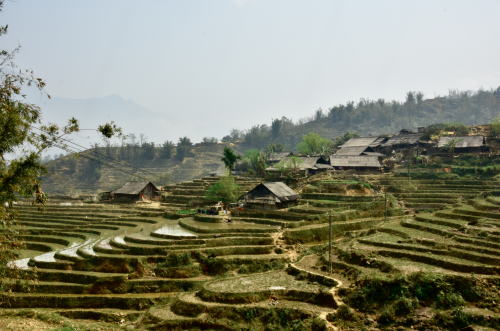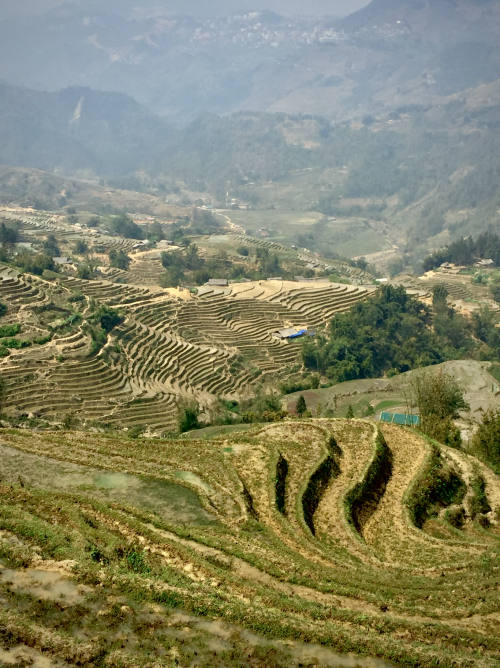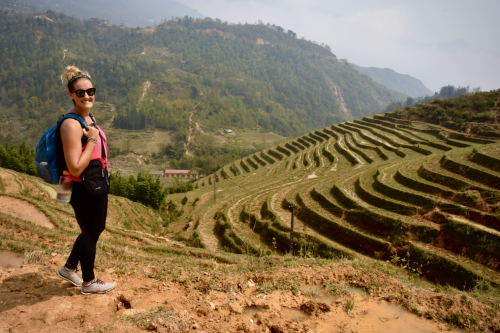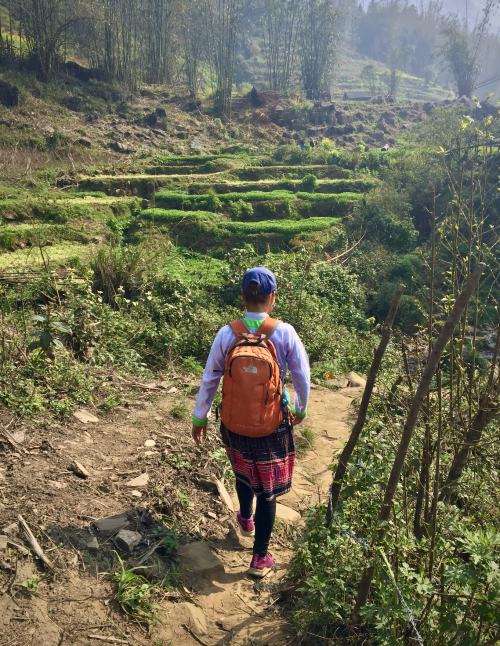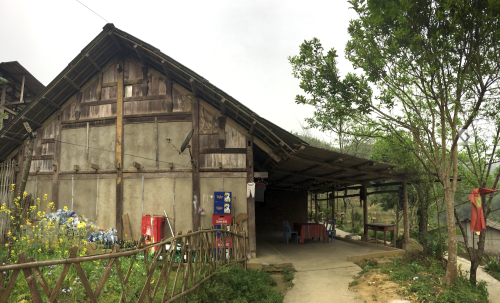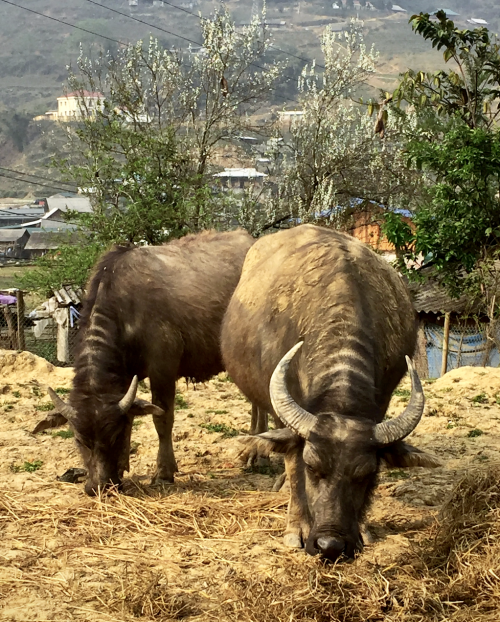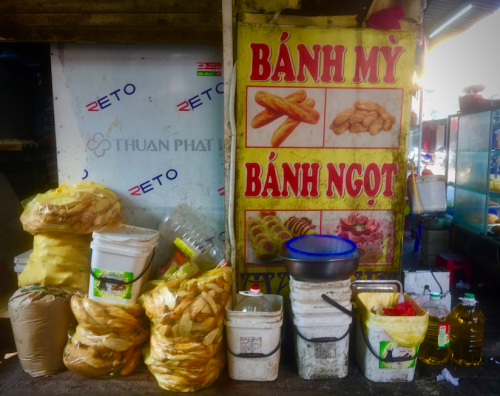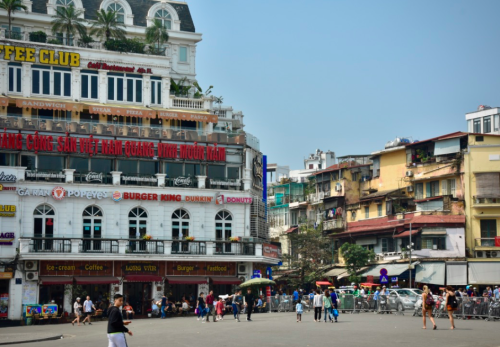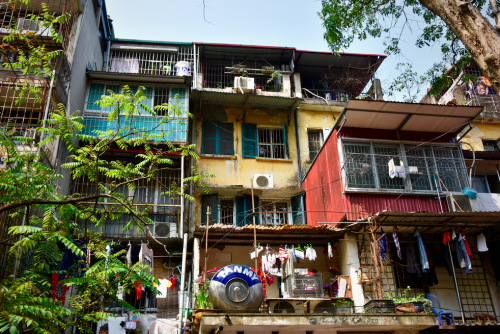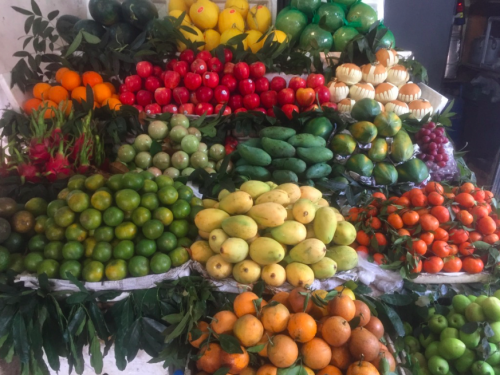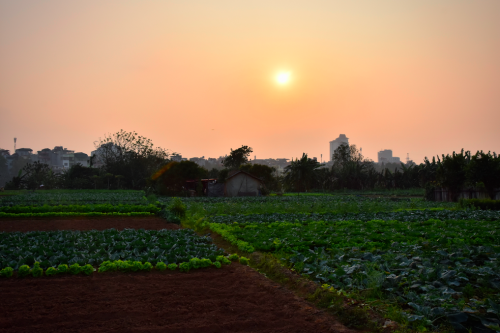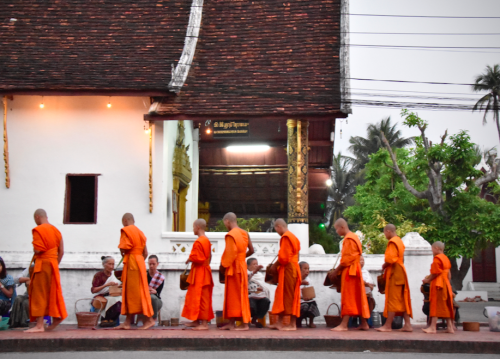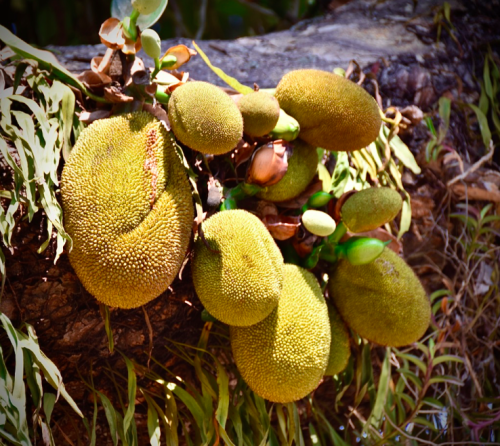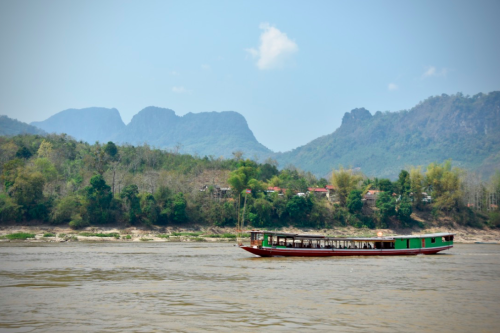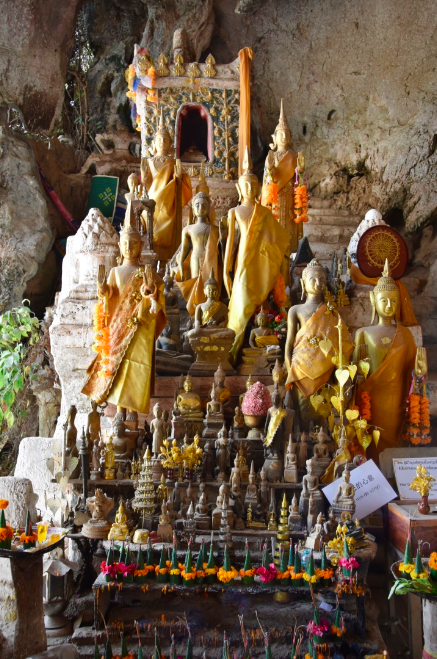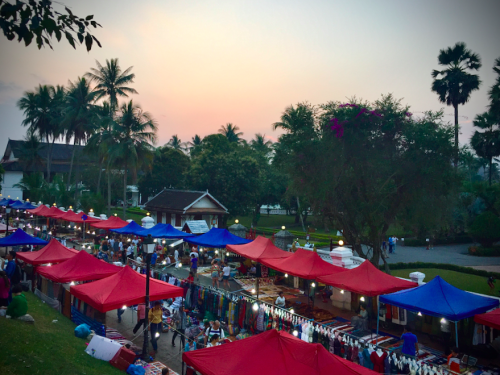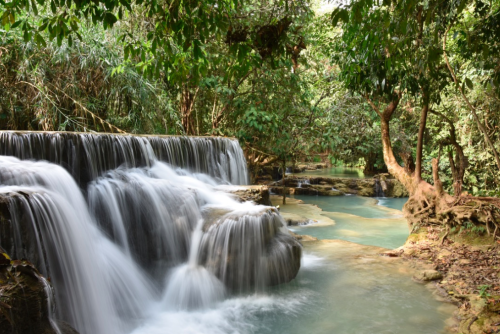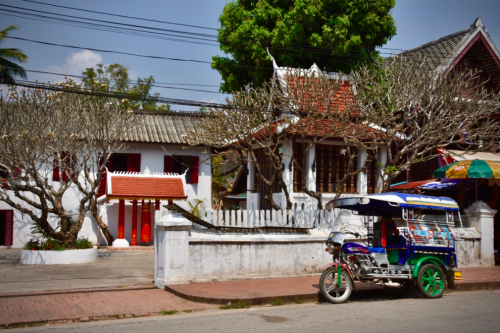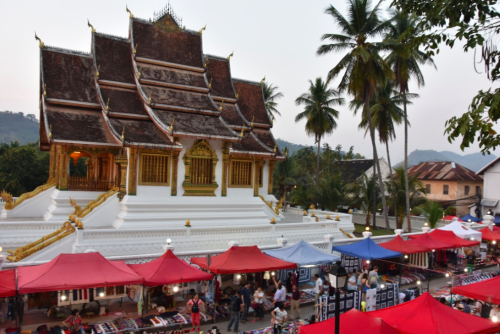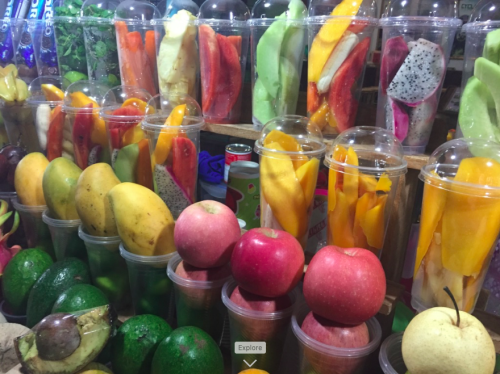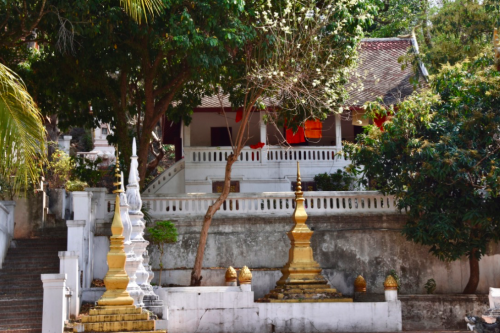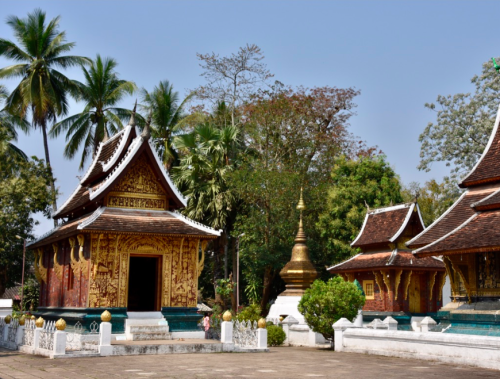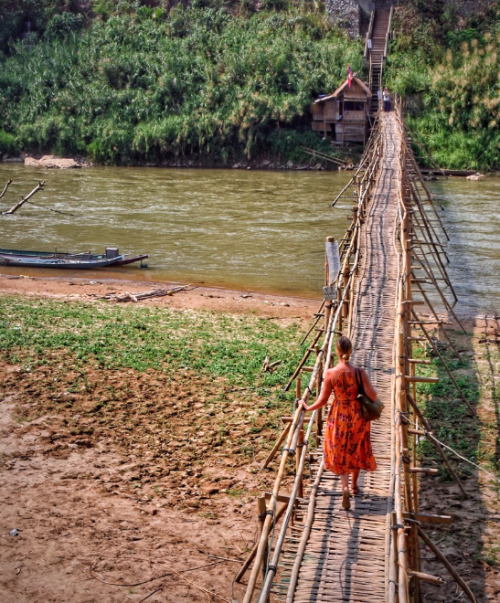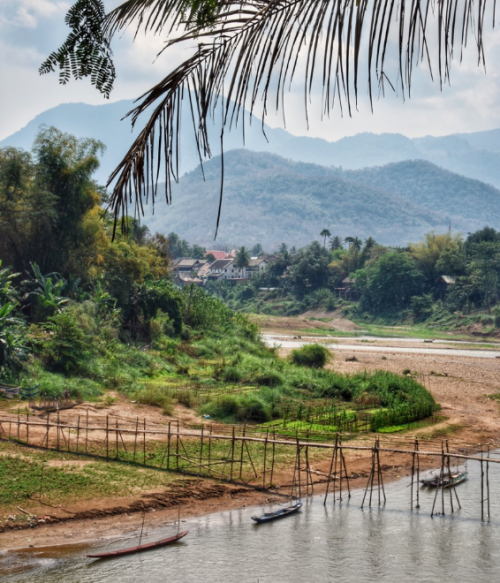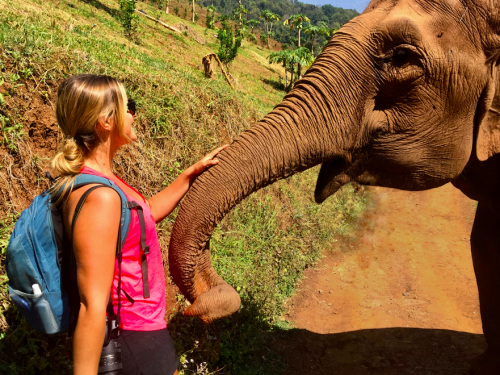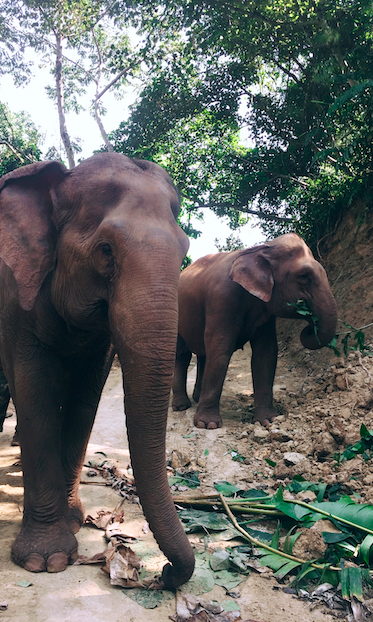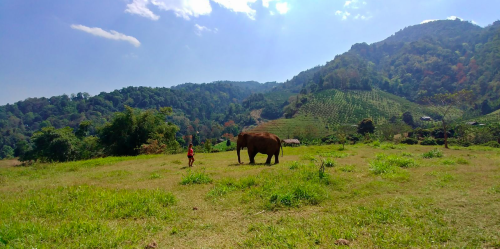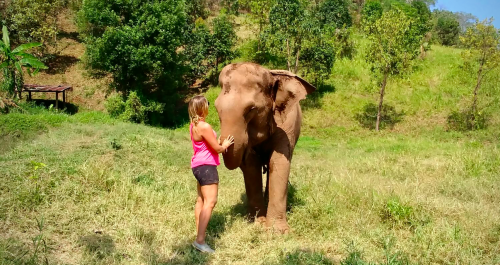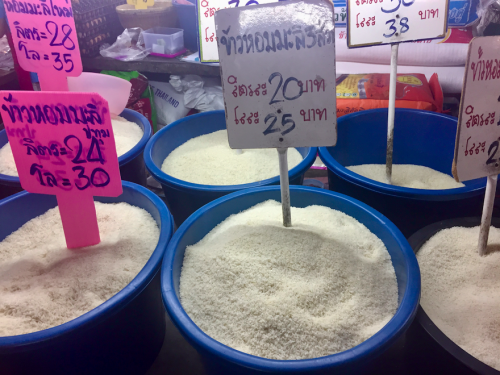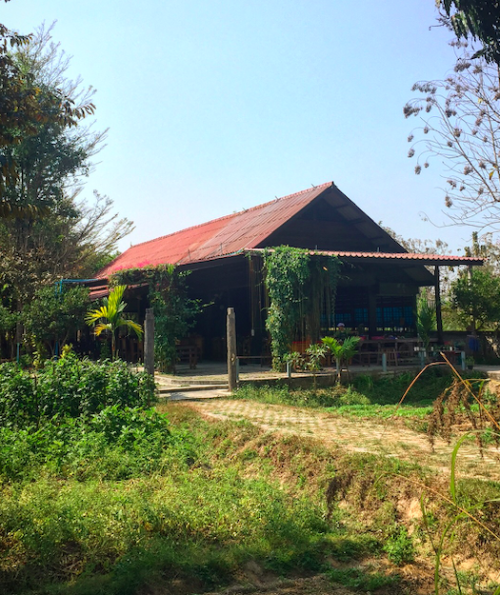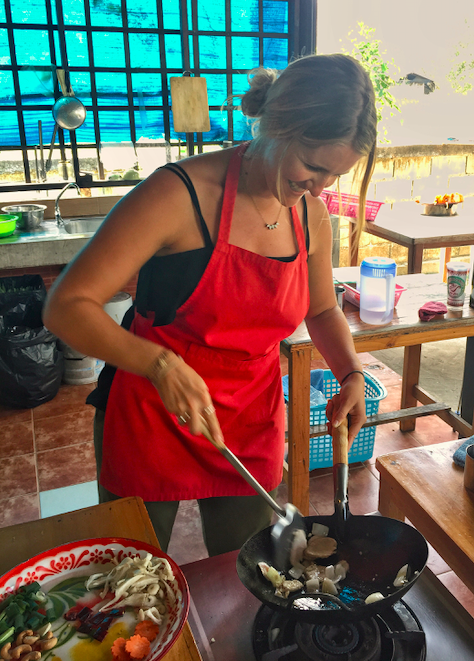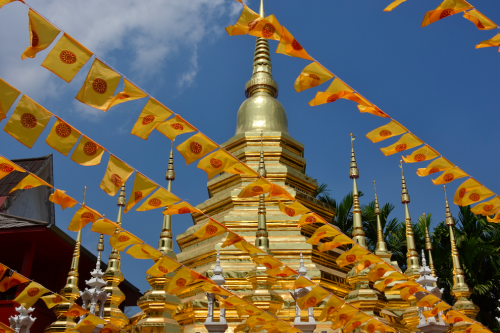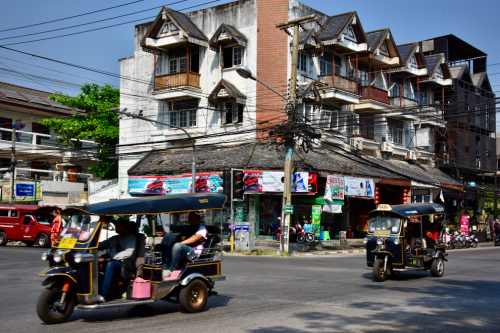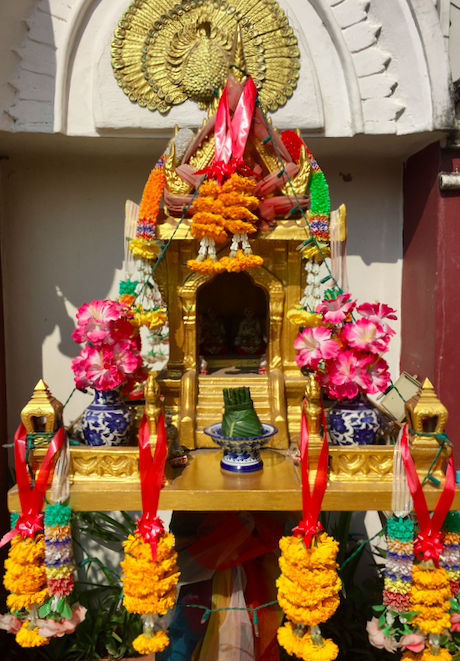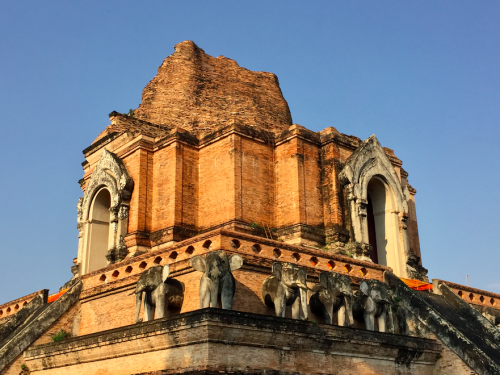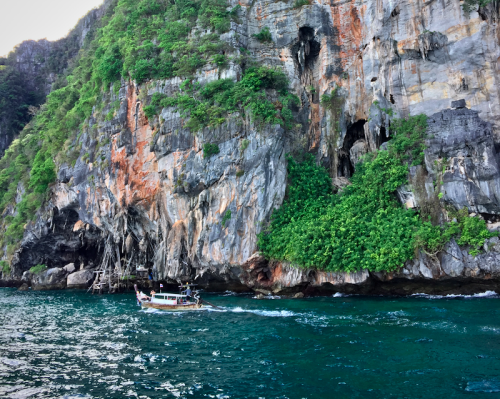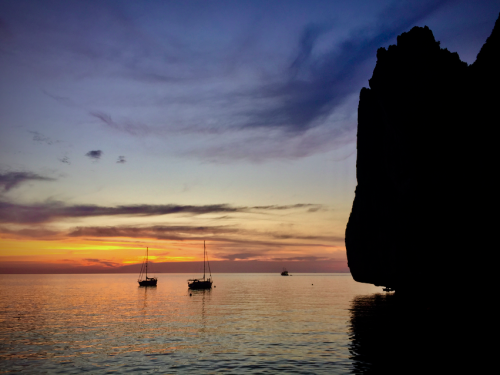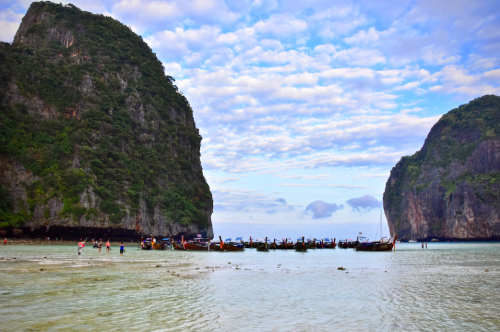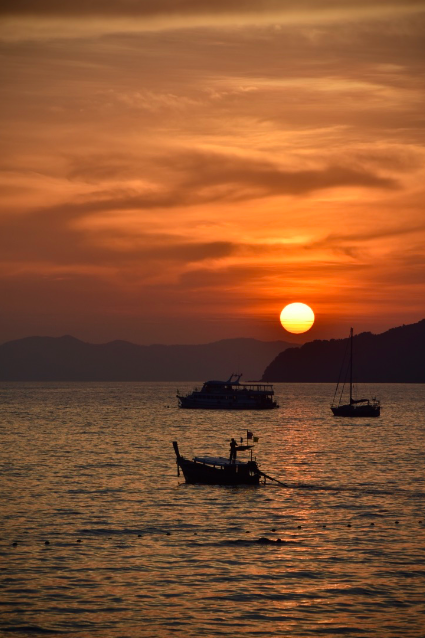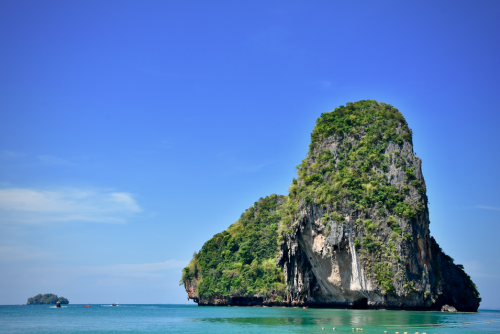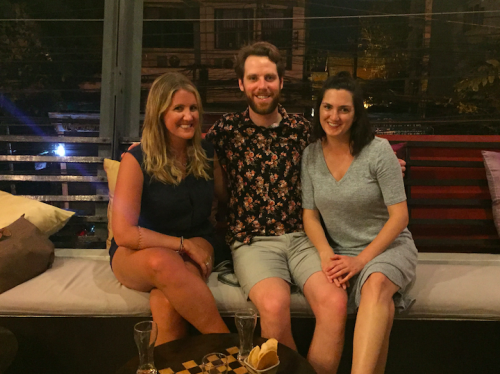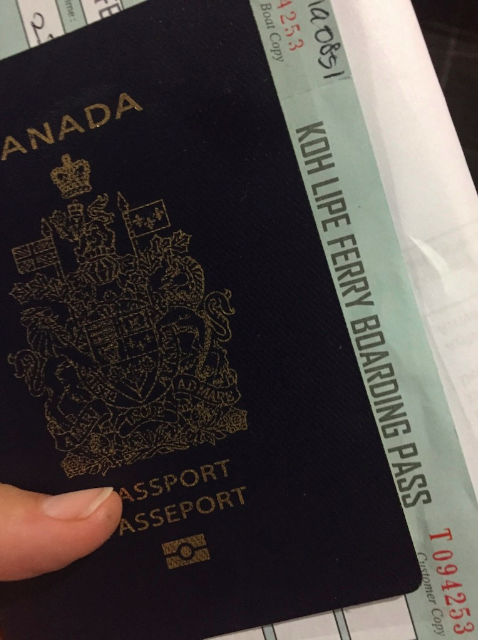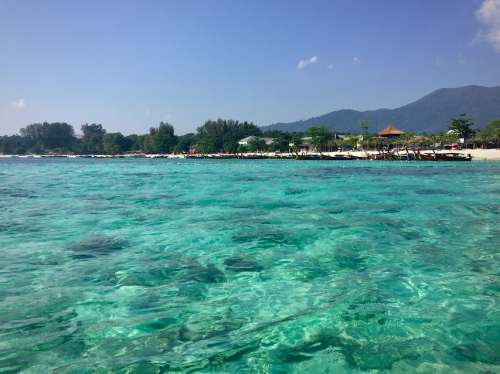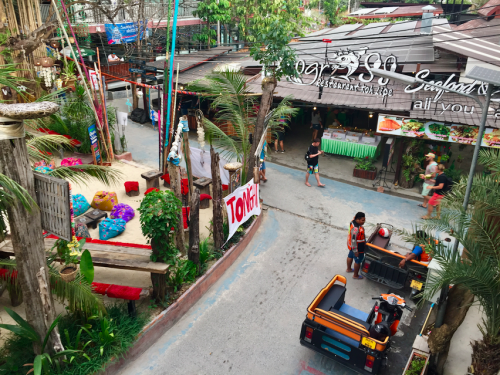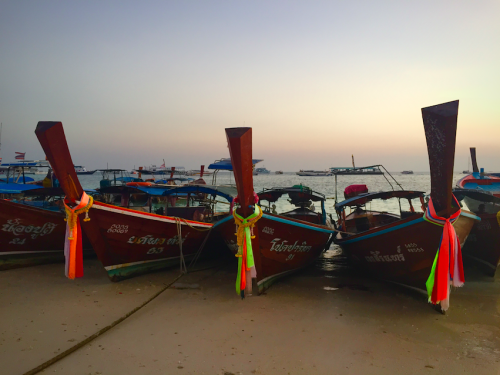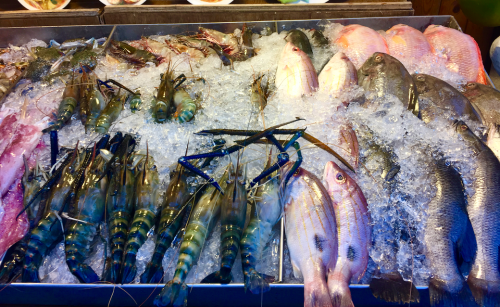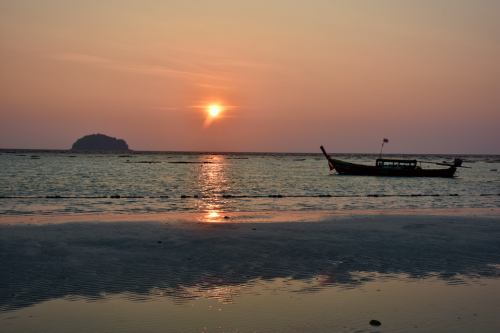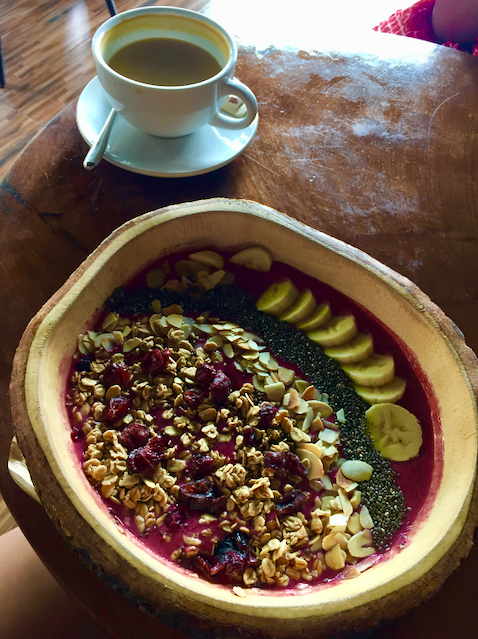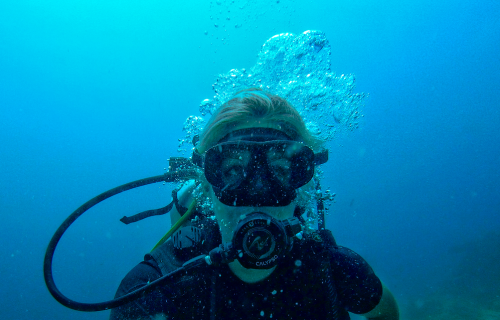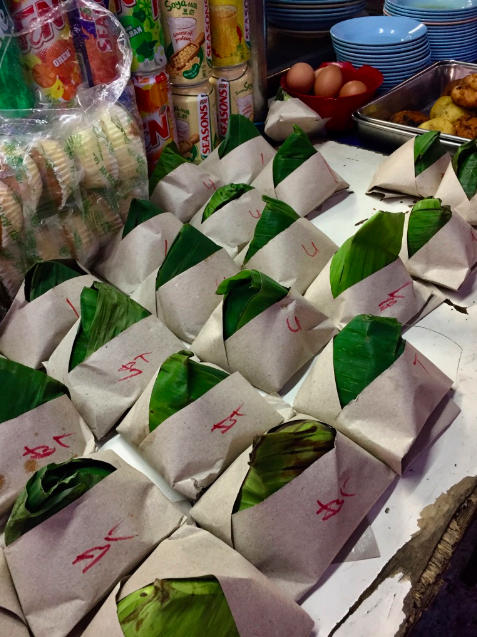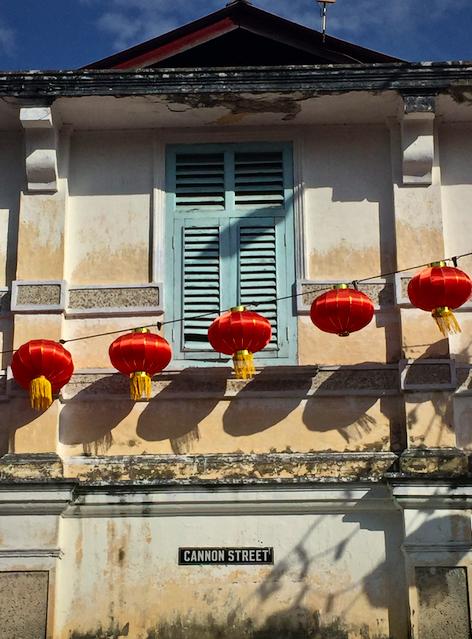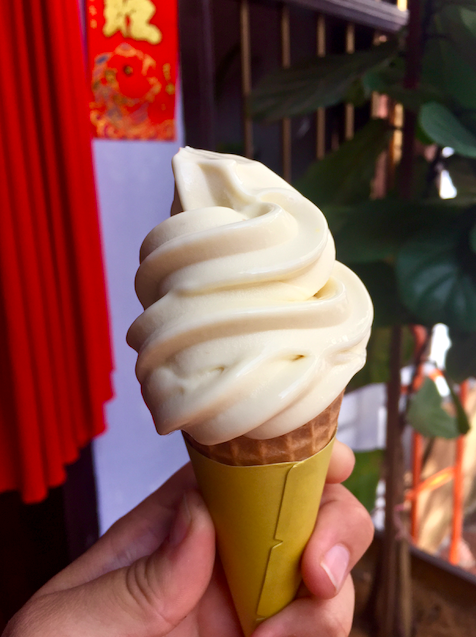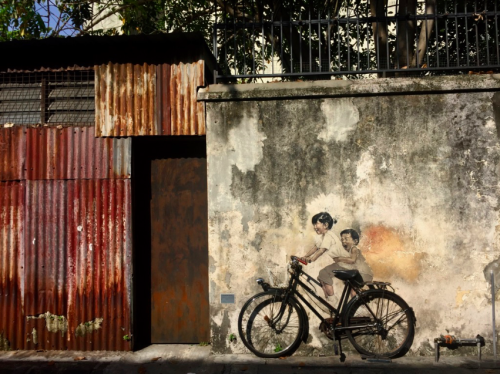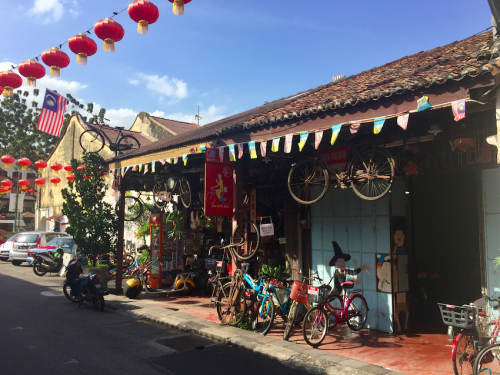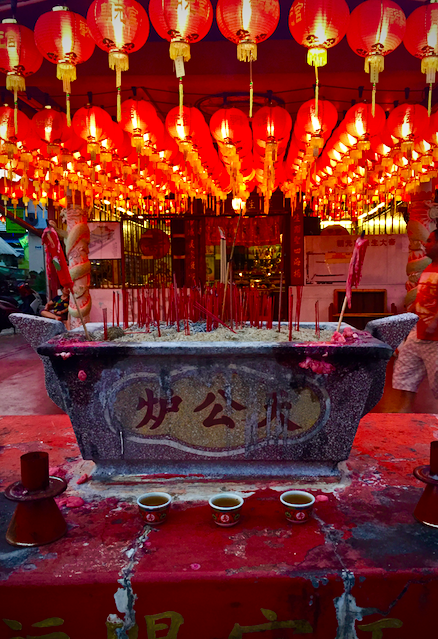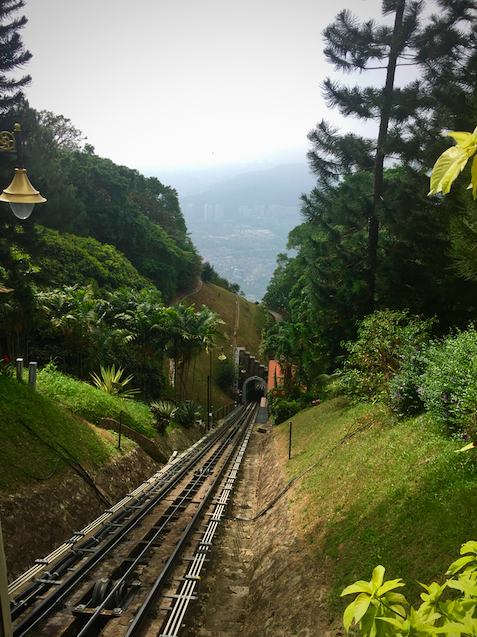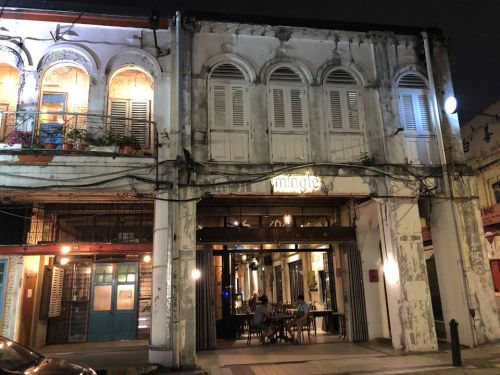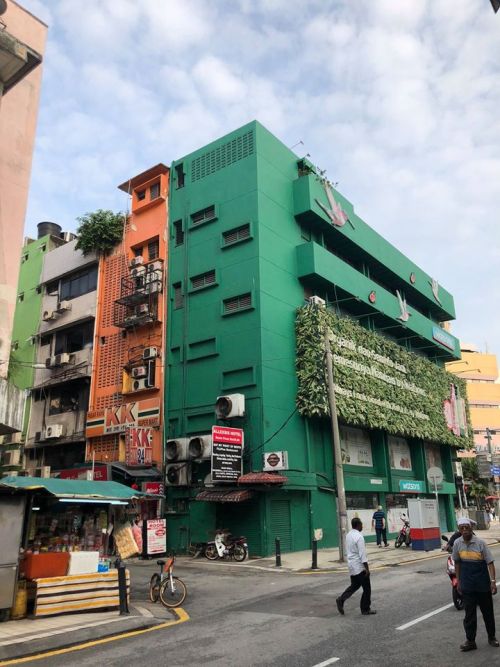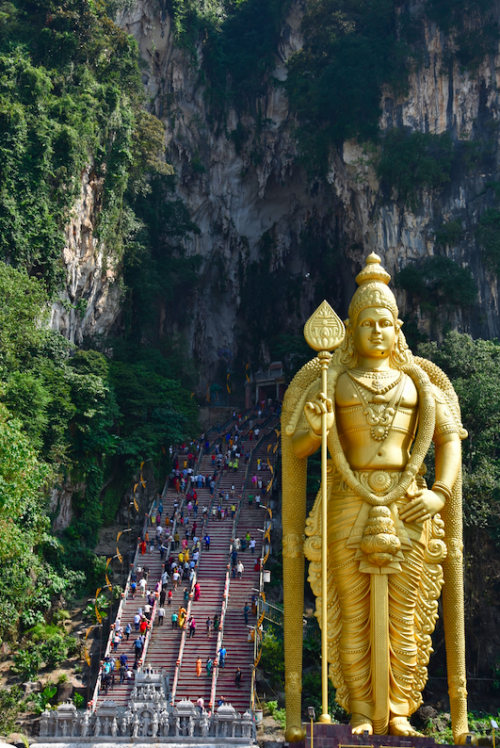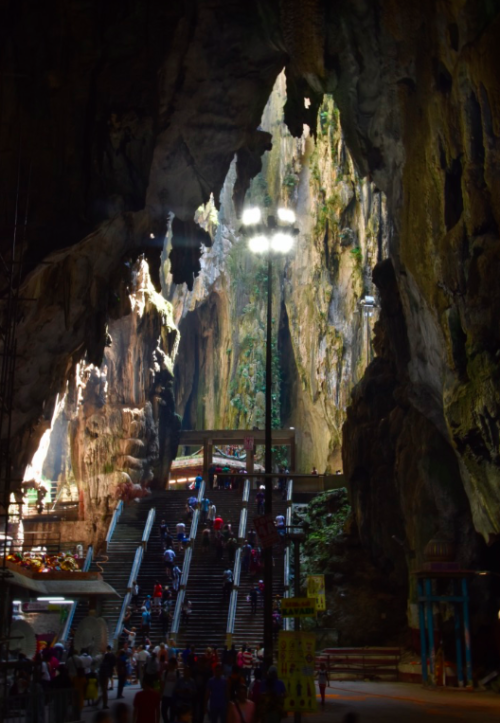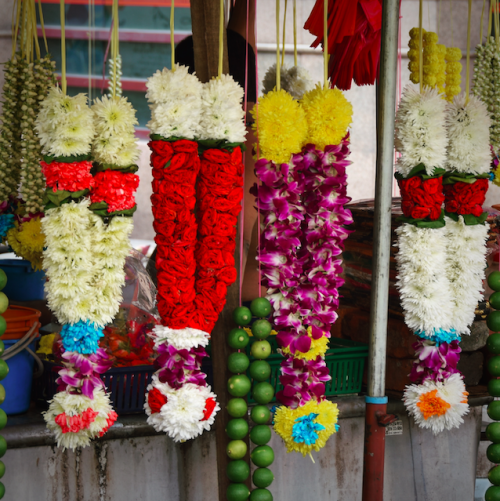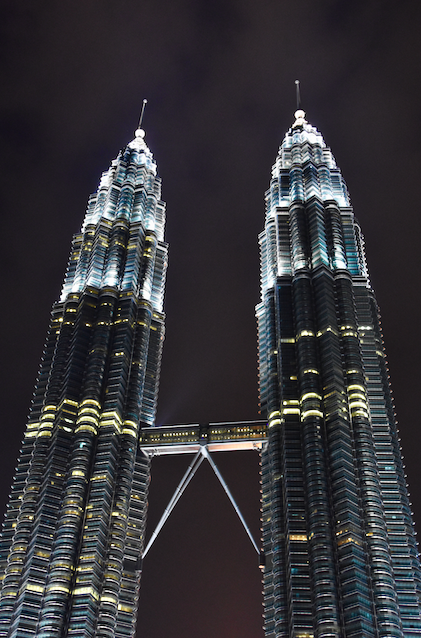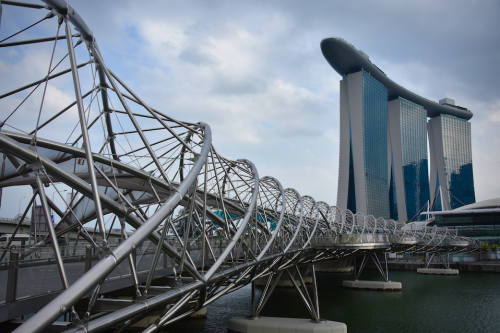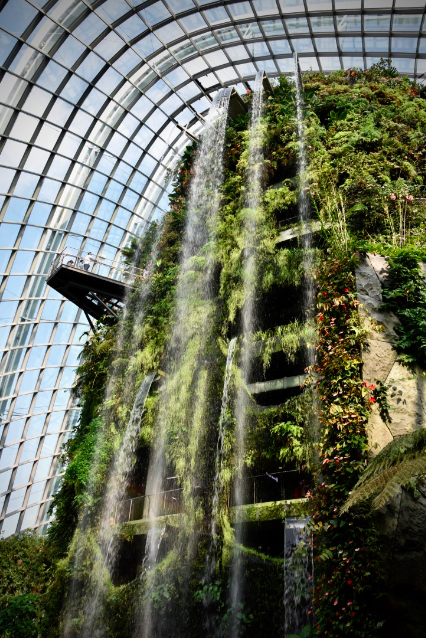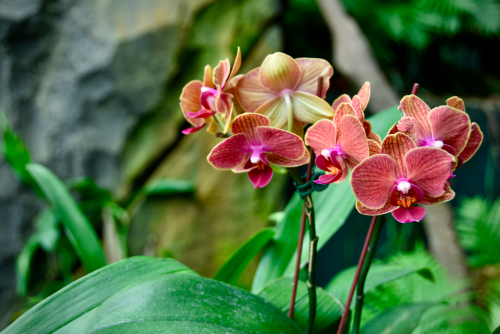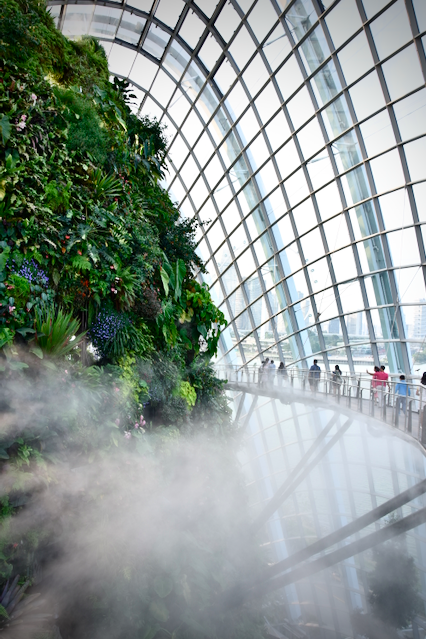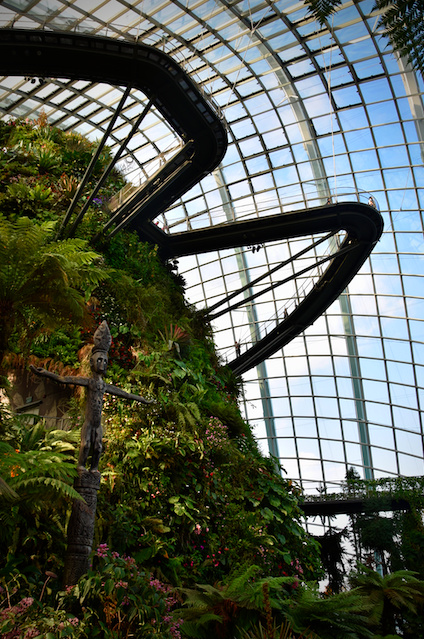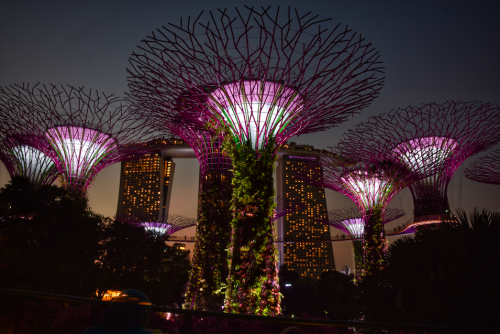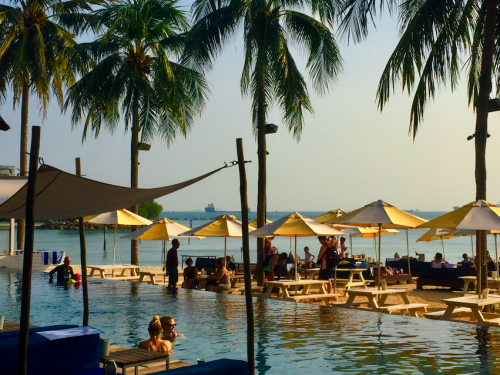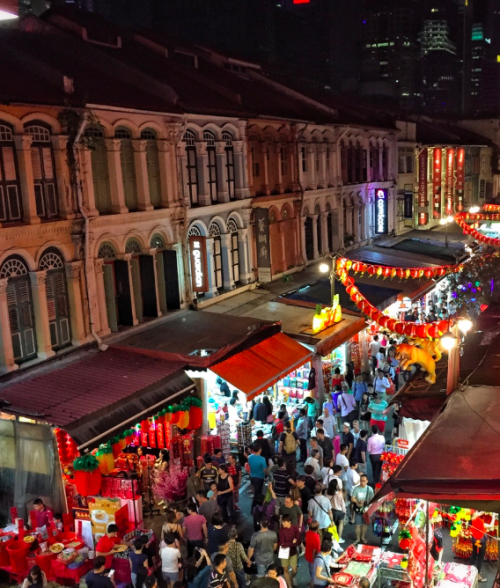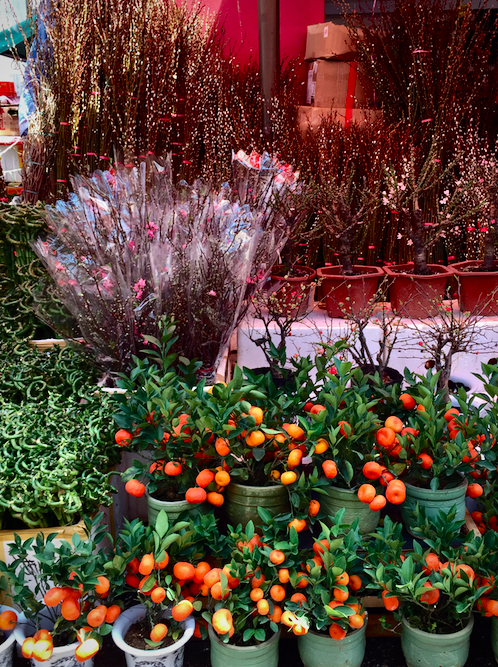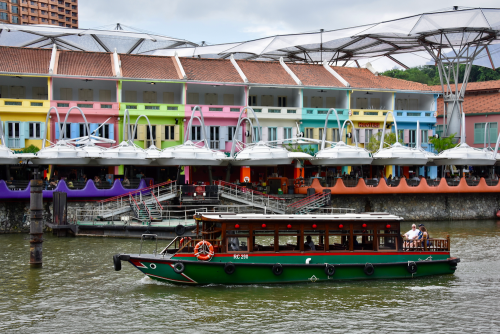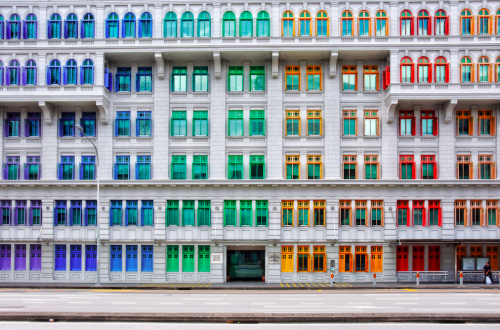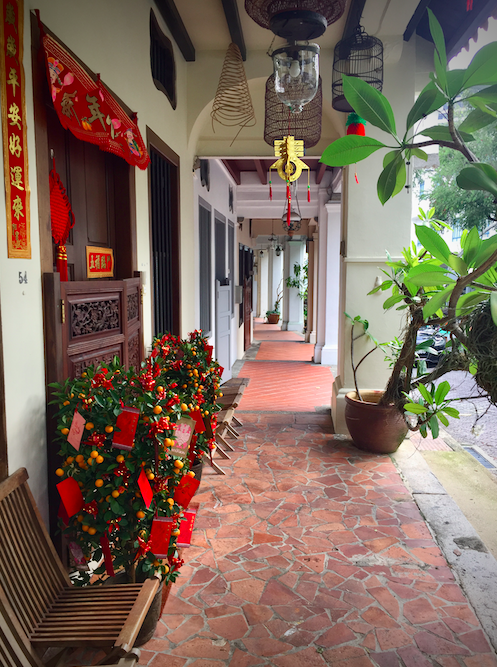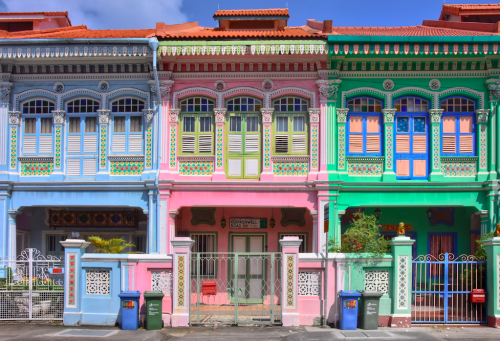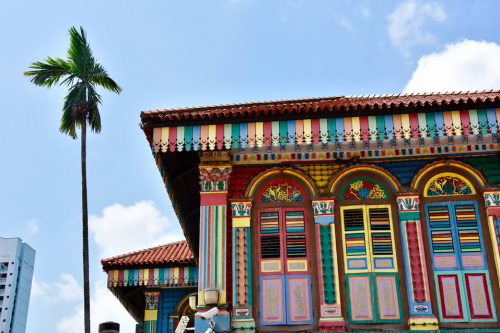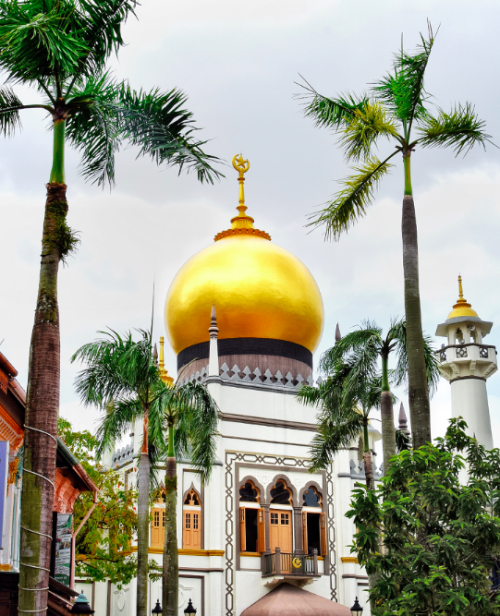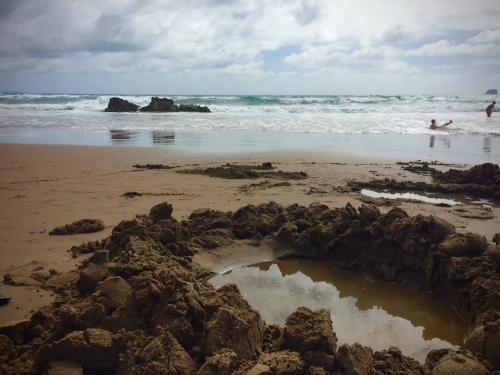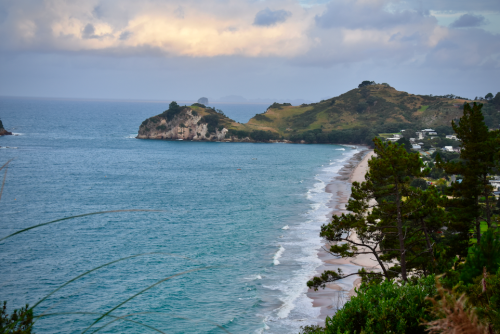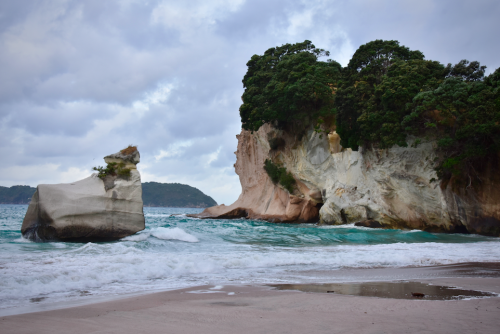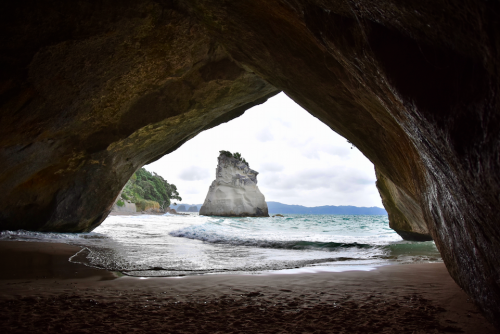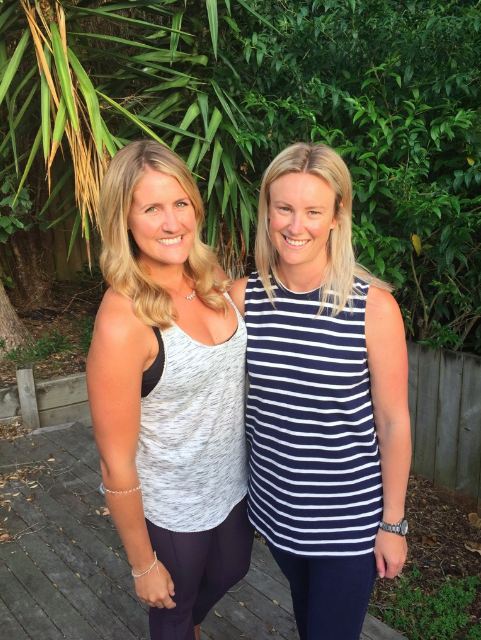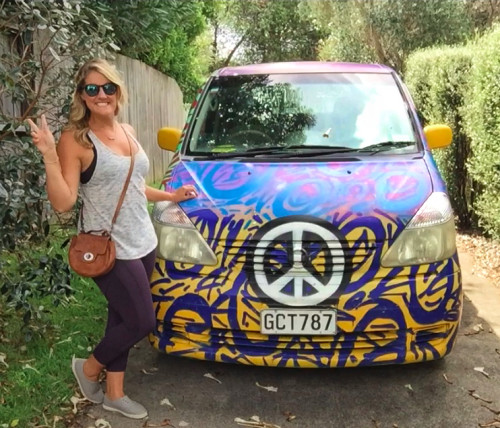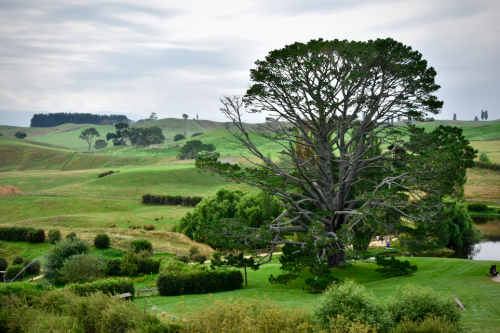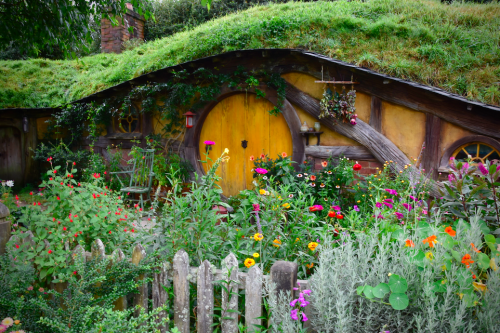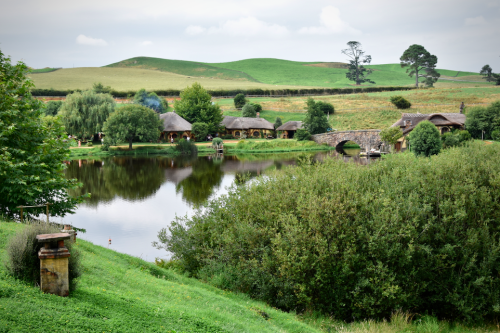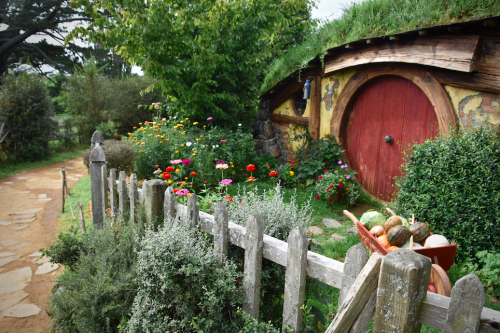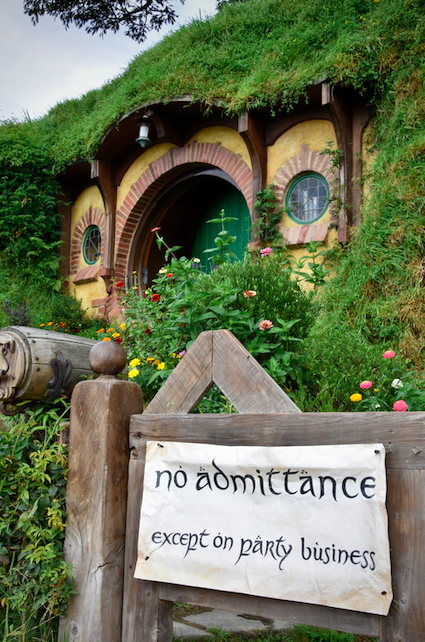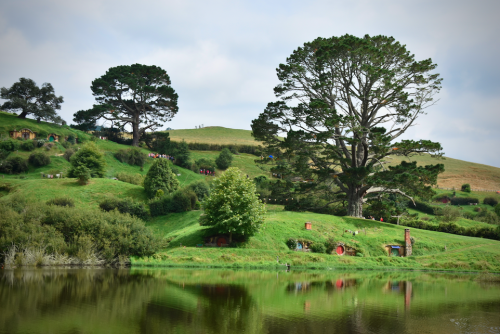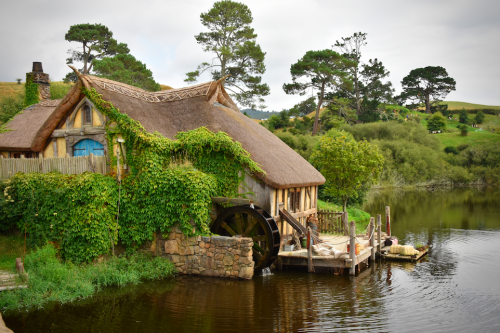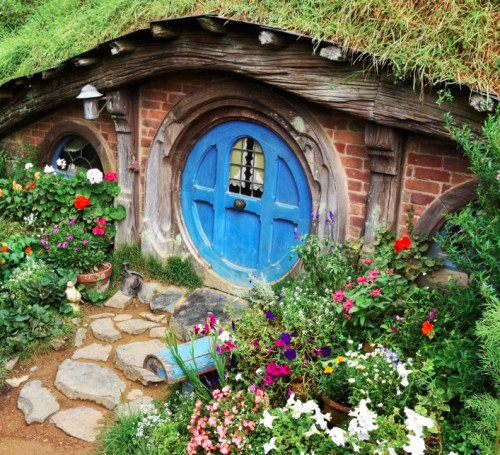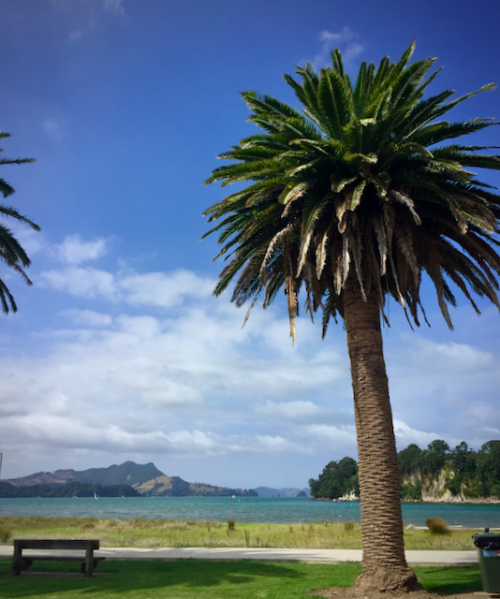Ha Long Bay and Cat Ba, Vietnam

Day 171 – Ha Long Bay and Overnight on Junk Boat
I met my tour group in the morning to board a bus to Ha Long Bay. My friends Kevin and Liane had visited Vietnam a few years earlier and had connected me with a tour group that they highly recommended, complete with one night on a junk boat, and one night on Monkey Island just off Cat Ba. It was very clear from the get go that our bus and tour was one of many heading to the iconic Ha Long Bay – a huge tourist attraction in the area and UNESCO world heritage site. As we drove east out of the city, we passed through a vast countryside of rice paddies in a long procession of other tour buses.
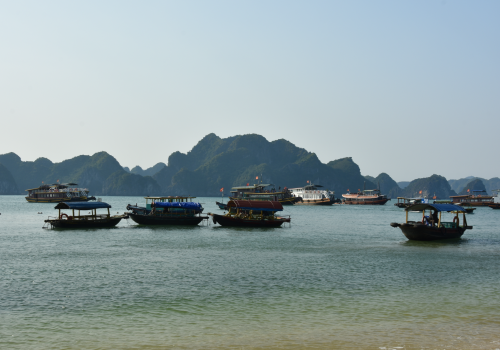
Located a two-and-a-half-hour drive east of Hanoi, Ha Long Bay is an area of over 600 square miles that has thousands of limestone monolith islands, rising up from the turquoise waters of the bay. The name Ha Long means “descending dragon” in Vietnamese, and it was easy to see why once we arrived – the towering green islands poking up from the Beibu Gulf look like the scaly spine of a partially submerged monster. As we arrived in Tuan Chau Harbour, we disembarked and were directed to the small overnight junk boat that would take us around the bay. A junk boat is a traditional wooden boat found in Southeast Asia, mainly in China and Vietnam. Mostly powered by motors nowadays, the junk boats were historically used by fishermen and merchants, and were powered by wavy sails, shaped liked oversized fans.
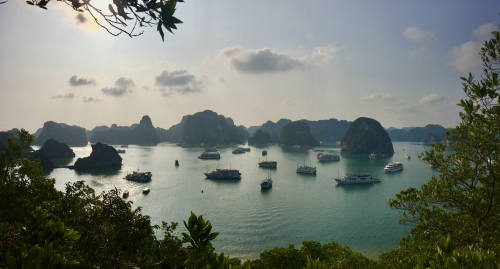
We boarded our junk boat and were directed to our cabins to settle in. Shortly after we arrived, our captain pulled the boat out of the port, and we were off! I spent most of the day on the top deck, taking in the spectacular limestone islands and green waters in every direction. We stopped a few times throughout our cruise, once to visit a lookout point (which was so packed with other visitors that it took about 45 minutes to do a 15-minute hike!), and once to explore huge, beautiful caves with stalactites and staglamites. While Ha Long Bay was beautiful, the sheer presence of tourism and boats was quite overwhelming. While our boat was anchored and waiting to take us ashore, locals in tiny boats rowed between the bigger junk boats, hoping to sell products. I could also see garbage everywhere – from beaches scattered with plastic waterbottles, to garbage and plastic bags floating in the water I found this to be quite shocking and eye-opening – as this beautiful place felt both overrun and not taken care of.

I was happy for a reprieve from the crowds and other boats in the later afternoon, as we anchored for the evening in a more secluded cove. I hopped in a little kayak and paddled closer to the islands to explore. As the large boats carrying day trippers left for the day, Ha Long Bay became even more still and peaceful. Returning to the junk boat, I enjoyed a delicious Vietnamese Dinner, and watched the sun go down over the towering islands of the bay.
Day 172 – Ha Long Bay, Cat Ba and Monkey Island
I woke around 6am for the sunrise, determined to catch the first rays of light in the quiet moments of dawn. It was worth it! Aside from the occasional groans and creaks of the junk boat swaying on the water, the bay was silent and calm. As the sun peaked over the first limestone island, I could quickly feel the heat and humidity begin to rise. I headed back to bed to catch a few more hours of shut-eye before the day ahead!
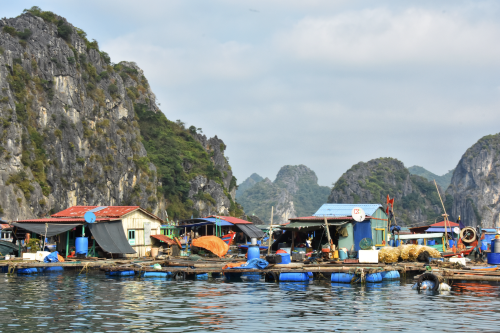
In the morning, we tucked in for a delicious breakfast as we cruised through the bay towards Cat Ba Port, passing floating fishing villages, oyster farms, and multi-coloured fishing boats, heading out for a day of work. Arriving on Cat Ba, the largest island of Ha Long Bay, we disembarked from our junk boat to head into Cat Ba Town, the main village on the island. As we drove along dirt roads, we saw women in conical sun hats, selling potatoes and other vegetables at stands along the road. Large caves were visible in the distant cliffs, and our guide told us that many of these had been used as hideouts during the Vietnam war.
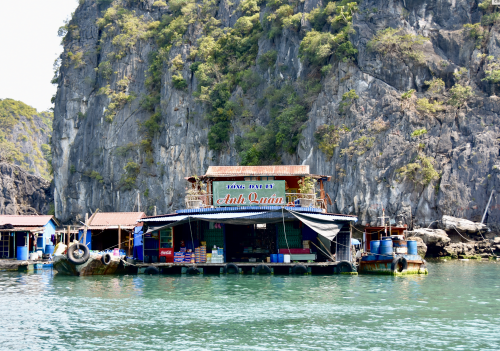
The town of Cat Ba was a kaleidoscope of life. Bird cages hung from the awnings of the tall, narrow homes. Fruit vendors with poles slung over their shoulders walked along the streets. Tiny Banh Mi stands could be found on every corner. Locals walked along the road, carrying smoothies and coffees with plastic carrying bags. In backyards and fields just outside of town, burning piles of garbage were occasionally visible. We drove through town on a Sunday and saw a few bright wedding tents erected outside of restaurants, with weddings in full swing as we passed by! The front porch culture and daily life of the town was visible at every turn, with locals working, celebrating, and going about their daily business in close proximity to others.
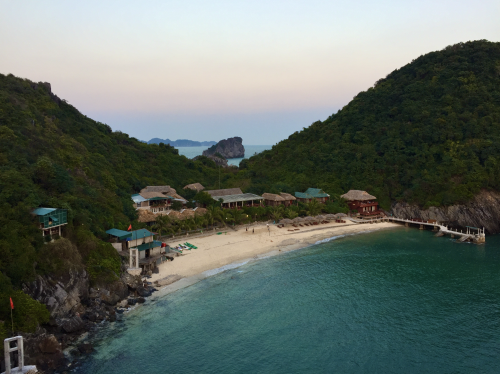
In the afternoon, I separated from my group as I had opted to spend my second night on nearby Monkey Island at a small, peaceful resort. I took a smaller junk boat across to the jetty of the resort, which was tucked into a small cove with a beach. I was shown to my private hut, constructed with varnished wooden walls and a thatched roof, with a small deck facing the ocean. I was glad for an afternoon of peace and relaxation after the chaos and frenetic tourism of Halong Bay! I spent most of the day reading, and in the late afternoon hiked up to the high point on the island. More of a rainforest bush-whack than a true trail, I had to duck under vines and scramble over spiked limestone boulders to make my way to the top. The view was well worth it though – with hundreds of jagged islands of Halong Bay visible in the near and far distance! Returning to the resort, I enjoyed a delicious buffet meal and glass of wine on the beach before heading off to bed for a long sleep.
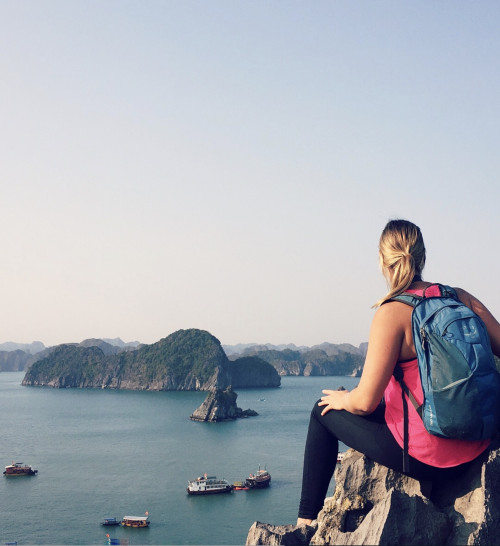
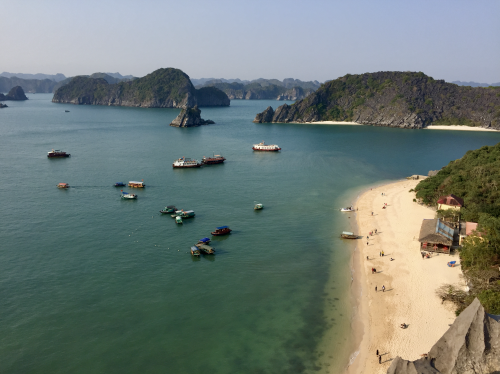
Day 173 – Halong Bay to Hanoi
Today was a travel day with many legs! Junk boat to van, van to larger junk boat, junk boat to tour bus back to Hanoi. The journey back through the bay to the mainland port was just as spectacular as the outbound trip, and I resumed my perch on the top deck, taking it all on.
Arriving back in Hanoi in the early evening, I picked up my pack from my previous hostel and checked into a different hostel in the old quarter – this time in a shared dorm room to save a bit of money! I chatted with a few other travelers and walked to the nearby Pasteur Street Brewery for a sample of Vietnamese craft beer. It was delicious – with the flight pours being almost dangerously big!

Pasteur Street Brewing


